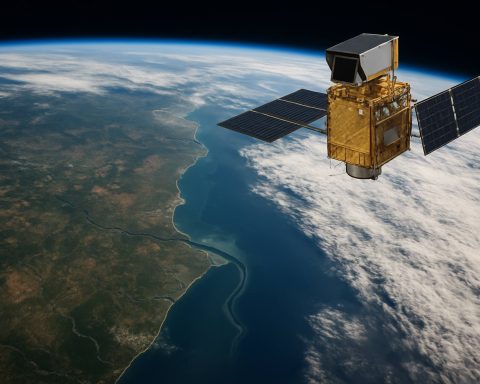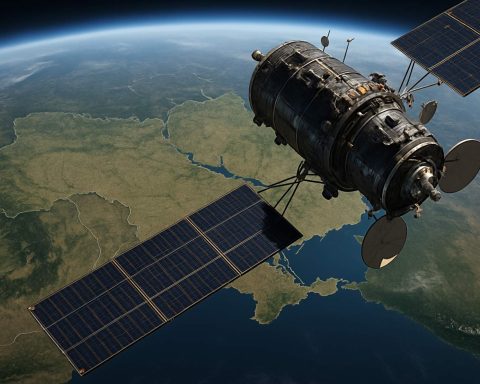
Timor-Leste Digital Connectivity: Closing the Internet Access Gap
Transforming Timor-Leste: Unleashing the Power of Digital Inclusion and Connectivity Current State of Internet Access and Usage Emerging Technologies Shaping Digital Progress Key Players


















